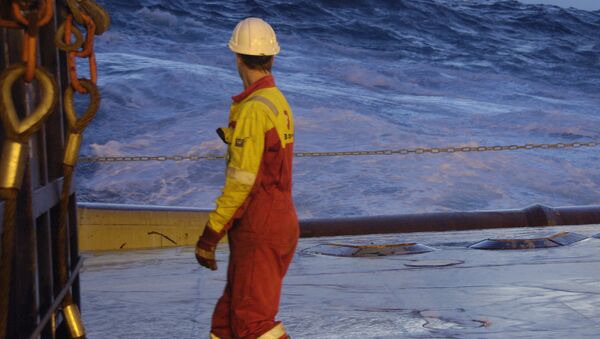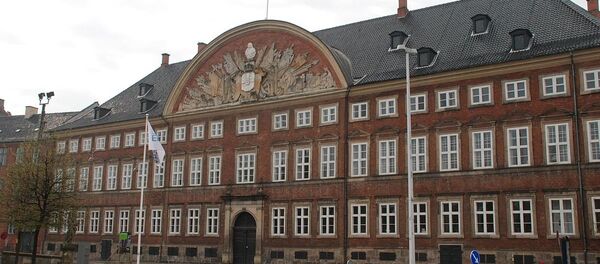According to Petroleum and Energy Minister Tord Lien of the Progressive Party, this is the largest allocation for this purpose in Norway's history.
"This money will help to curb the fall in the competence-driven oil industry," Tord Lien said to news outlet E24. He did not disclose the source of money, but implied that no cuts are scheduled within his industry in the new budget.
According to Lien, the oil industry must be able to handle the current short-term crisis, while simultaneously preparing for a coming upturn.
Norwegian Oil and Gas CEO Karl Eirik Schjøtt-Pedersen, one of the branch's figureheads, called the budget increase "cheerful."
"It may actually give rise to a number of projects contributing to more efficient production and lower emissions. The industry will contribute with its share. Together, the government and the industry may help strengthen the industry's competitiveness," Schjøtt-Pedersen said.
On top of all, it became known this week that the Norwegian inflation rate in April was twice that of Belgium, which had second highest inflation rate in Europe. The main reason for this is the deteriorating condition of the Norwegian krone. At present, Norway is running an inflation rate of 3.2 percent, whereas the krone is about 14 percent below its average against the euro over the past five years.
På denne dag for ett år siden, 17. april 2015, seiler Goliat-plattformen inn til Hammerfest og møter MS «Vesterålen» pic.twitter.com/APB8jhEa98
— Norsk olje og gass (@Norskoljeoggass) 17 April 2016
"The Norwegian krone has lately depreciated substantially, and it takes time for the effects of this to cease affecting inflation figures," Marius Gonsholt Hov, senior economist at Handelsbanken Capital Markets, told E24.




